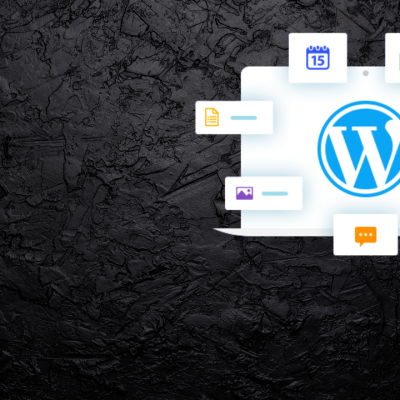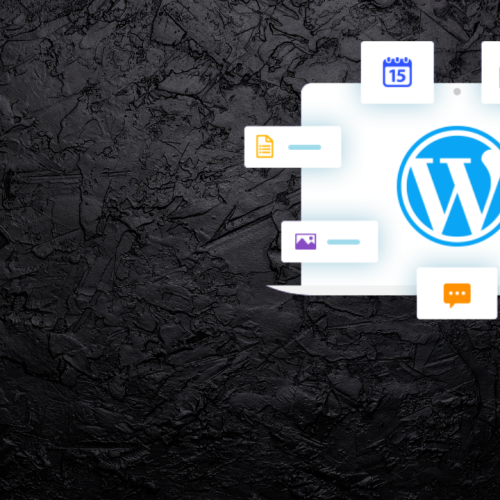Artificial Intelligence has completely changed the way we gather and process information. Among the most powerful tools for researchers and students today is ChatGPT, an AI-powered assistant developed by OpenAI. Whether you’re writing a paper, conducting a literature review, or exploring a new topic, ChatGPT can save hours of time and help you organize your thoughts more effectively.
In this beginner’s guide, we’ll explore how to use ChatGPT for research step-by-step, along with helpful tips to make your work smarter, faster, and more accurate.
1. Start with a Clear Research Question
Before using ChatGPT, define your main question or objective. AI works best when you give it clear direction.
Example prompts:
- “Summarize recent research on renewable energy storage.”
- “Explain the main theories of behavioral economics.”
- “List major causes of climate change with references.”
🧠 Tip: The more specific your question, the more relevant your results.
2. Use ChatGPT for Literature Summaries
ChatGPT can summarize academic papers, extract key findings, and explain complex ideas in simpler terms. You can even ask it to compare two studies or summarize opposing viewpoints.
Example prompt:
“Summarize this research abstract in plain English.”
It won’t replace reading the actual papers, but it can make it easier to grasp difficult material before diving deeper.
3. Generate Topic Ideas and Research Outlines
If you’re stuck choosing a topic, ChatGPT can help brainstorm new ideas. You can also use it to draft research outlines, create frameworks, or identify subtopics.
Example prompt:
“Give me five potential research topics on AI in education.”
It can also structure your project into headings and bullet points, saving you hours of planning.
4. Fact-Check and Verify Information
AI is powerful but not perfect. Always verify facts from credible sources such as Google Scholar, academic journals, or government sites.
You can also ask ChatGPT to provide potential sources or keywords to search for accurate references.
Example:
“Suggest five trusted sources for climate policy research.”

5. Draft and Refine Your Writing
ChatGPT can help write introductions, abstracts, or conclusions. You can also use it to improve grammar, flow, and tone.
Example:
“Rewrite this paragraph in a more academic tone.”
It acts as both a writing partner and a real-time editor—perfect for non-native English speakers or anyone refining their research paper.
6. Cite Properly Using AI Assistance
ChatGPT can help you generate citations in APA, MLA, or Chicago format—though always double-check accuracy.
Example:
“Format this reference in APA 7th edition.”
This ensures your work remains professional and plagiarism-free.
7. Use ChatGPT Plugins or Integrated Tools
If you’re using ChatGPT Plus or have access to integrated features, explore plugins like:
- ScholarAI (for academic papers)
- WebPilot (for browsing current sources)
- AskYourPDF (for summarizing PDFs)
These make ChatGPT an even stronger research companion.
Final Thoughts
ChatGPT is like having a digital research assistant available 24/7. It won’t replace your own analysis or critical thinking, but it can speed up every stage—from brainstorming and outlining to writing and reviewing.
So next time you start a project, remember: a well-crafted prompt is your most powerful research tool.















